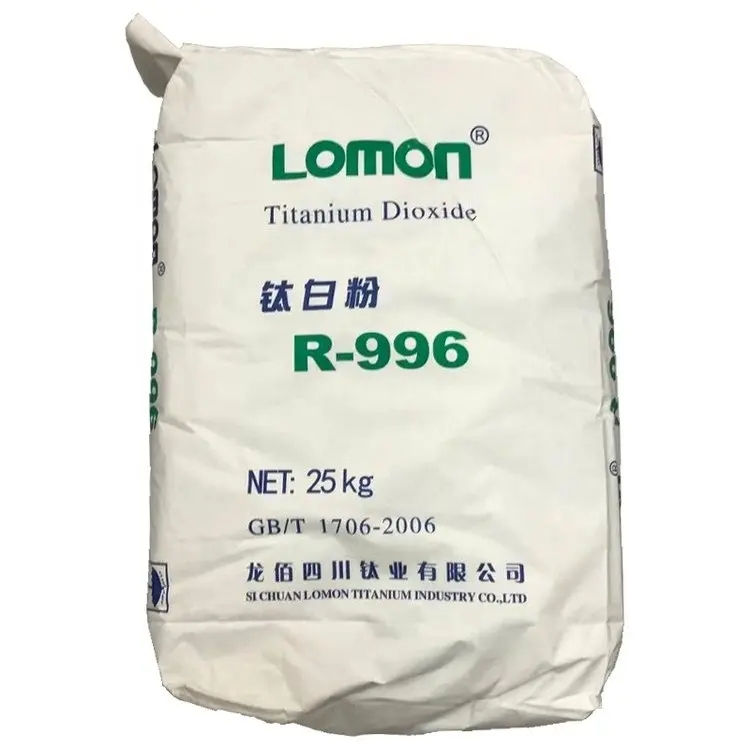
Jul . 28, 2024 12:32 Back to list
Exploring the Titanium Dioxide Manufacturing Process and Its Colorant Applications in Various Industries
The Role of Titanium Dioxide in Modern Manufacturing A Closer Look at Colorant Factories
Titanium dioxide (TiO2) is a widely used white pigment known for its bright whiteness and opacity. Found in products ranging from paints and coatings to plastics and cosmetics, this versatile compound plays a crucial role in enhancing the aesthetic and functional qualities of various materials. The increasing demand for titanium dioxide across multiple industries has led to a burgeoning growth of colorant factories specializing in its production.
Production and Applications
Titanium dioxide is predominantly produced using two processes the sulfate process and the chloride process. The sulfate process involves the reaction of titanium minerals with sulfuric acid, while the chloride process utilizes titanium ores reacted with chlorine gas and subsequently oxidized. Both methods yield titanium dioxide with unique characteristics suitable for different applications.
In the paint and coating industry, titanium dioxide serves as a crucial white pigment due to its exceptional coverage and UV blocking capabilities. The pigment's high refractive index allows it to scatter light effectively, making it ideal for creating vibrant colors and improving the longevity of exterior applications. Similarly, in the plastic industry, TiO2 enhances the pigment stability and durability of products, thereby ensuring that they maintain their color over time.
Furthermore, titanium dioxide is increasingly utilized in cosmetics, where it acts as a whitening agent and UV filter in sunscreens, providing protection against harmful solar radiation. Its use in food products, particularly as a colorant in confectionery and dairy items, demonstrates its versatility and safety when used within regulatory limits.
Environmental Considerations
colorant titanium dioxide factories

As titanium dioxide becomes a key ingredient in various products, the environmental impact of its production and usage becomes a focal point for manufacturers. The mining and processing of titanium ore can pose significant ecological challenges, including habitat destruction and resource depletion. Consequently, many manufacturers are adopting more sustainable practices in their operations.
Some colorant factories are investing in cleaner production technologies and waste management systems to minimize their environmental footprint. This includes recycling water used in manufacturing processes and reducing emissions through the implementation of advanced filtration systems. Furthermore, the trend toward producing more environmentally friendly alternatives, such as bio-based pigments, is gaining traction in response to consumer demand for sustainable products.
Market Trends and Future Outlook
The global market for titanium dioxide is witnessing significant growth, driven by expanding applications across industries. Regions such as Asia-Pacific are emerging as major consumers of TiO2, primarily due to the booming construction and automotive sectors. This growing demand has prompted colorant factories to explore innovative production techniques and diversify their product ranges.
In recent years, there has been a shift toward using surface-treated titanium dioxide that enhances performance in specific applications. For instance, surface treatments can improve the dispersibility of TiO2 in various mediums, thereby enhancing its effectiveness as a colorant. This innovation not only meets the evolving needs of manufacturers but also aligns with consumer preferences for high-performance products.
Conclusion
Titanium dioxide remains a cornerstone in the world of colorants, influencing a myriad of industries with its unique properties. As colorant factories evolve to meet both market demands and environmental challenges, the future of titanium dioxide looks promising. Sustainable production practices, coupled with ongoing research and development, will likely shape the next era of TiO2 usage, ensuring that it continues to fulfill its role as an essential ingredient in modern manufacturing.
-
Best Baso4 Price Wholesale & Manufacturer Deals in China
NewsApr.29,2025
-
Rutile Titanium Dioxide R698 Supplier Coating & Paint Solutions
NewsApr.29,2025
-
Premium Titanium Dioxide Ultra White Paint High-Coverage & Durable
NewsApr.29,2025
-
China Titanium & TiO2 Powder Factory Reliable Rutile & Lithopone Supplier
NewsApr.28,2025
-
Titanium Dioxide Types High-Purity Grades from Trusted Factories & Suppliers
NewsApr.28,2025
-
High-Quality Titanium Dioxide White Pigments Wholesale Supplier
NewsApr.28,2025
